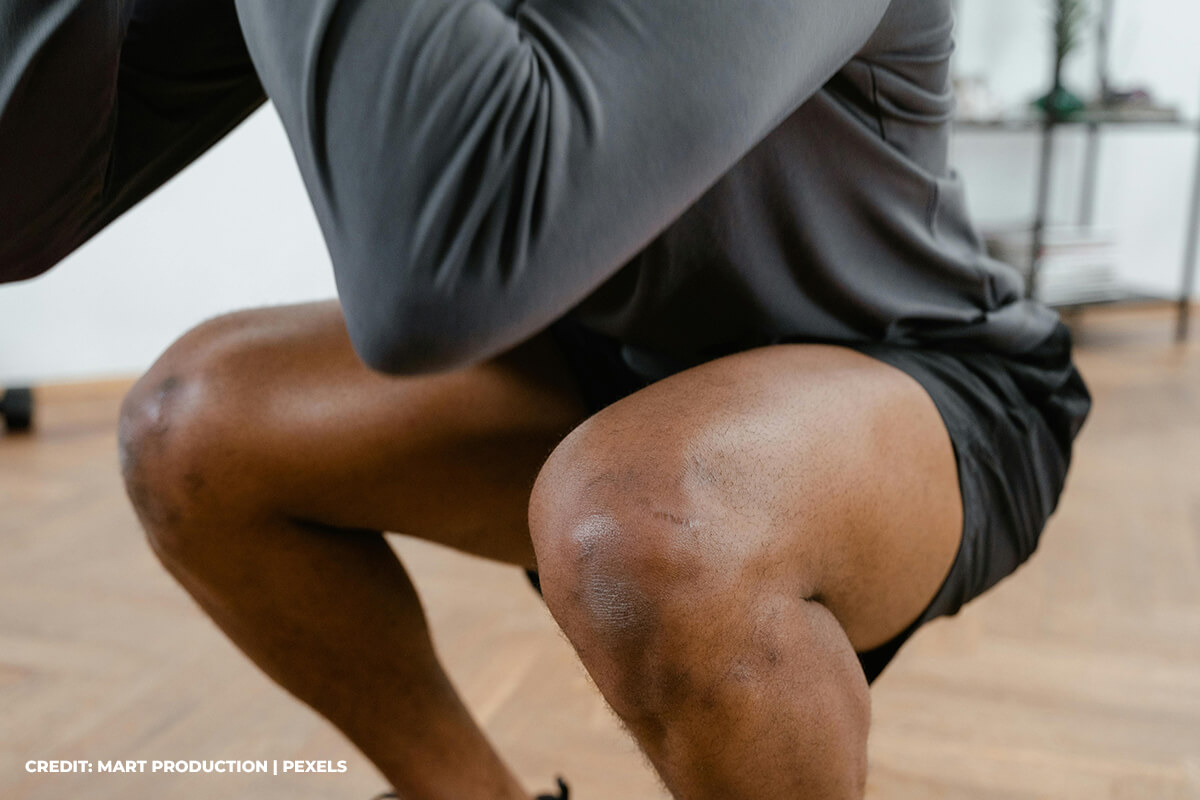
Falls are a significant concern, particularly for older adults, but they can affect anyone. According to the World Health Organization (WHO), falls are the second leading cause of unintentional injury deaths worldwide. Preventing falls requires a combination of environmental adjustments, lifestyle changes, and targeted exercises to improve strength, balance, and coordination.
This article provides practical tips and exercises to help you stay steady on your feet, with insights from physiotherapy and chiropractic care to enhance your fall prevention strategy. By implementing these recommendations, you can reduce your risk and maintain independence and confidence.

The Risks of Falling
Falls often result from a combination of factors, including muscle weakness, poor balance, vision problems, medications, and environmental hazards. Aging can exacerbate these risks, as muscle mass naturally declines, and conditions like arthritis or neurological disorders may impair mobility. However, falls are not an inevitable part of aging. Physiotherapy and chiropractic care play crucial roles in identifying and addressing these risk factors.
Physiotherapists assess gait, strength, and balance, creating tailored plans to improve stability. Chiropractors focus on spinal alignment and joint function, which can enhance mobility and reduce discomfort that may contribute to falls. Understanding your personal risk factors—through professional assessments—allows you to take proactive steps to stay safe.
Creating a Safe Environment
Your home and surroundings can either support or undermine your stability. Simple modifications can significantly reduce fall risks.
- Start by removing clutter, such as loose rugs or electrical cords, which are common tripping hazards.
- Ensure walkways are well-lit, especially staircases and hallways, and consider installing nightlights.
- Grab bars in bathrooms and handrails on stairs provide extra support.
- For outdoor areas, clear leaves, snow, or debris from walkways.
Physiotherapy can include home safety assessments, where professionals recommend specific changes based on your mobility needs. Chiropractic care may address posture issues that make navigating uneven surfaces safer. Regularly reviewing and updating your environment ensures it remains fall-proof as your needs evolve.
Improving Strength and Balance Through Exercise
Exercise is one of the most effective ways to prevent falls, as it strengthens muscles, improves coordination, and enhances balance. Below are three evidence-based exercises recommended by physiotherapists to incorporate into your routine. Aim for 2–3 sessions per week, starting slowly and progressing under professional guidance.
1. Sit-to-Stand Exercise
This exercise strengthens the quadriceps, glutes, and core, which are essential for standing up and sitting down safely. Sit on a sturdy chair with your feet flat on the floor, hip-width apart. Cross your arms over your chest or keep them relaxed by your sides. Slowly stand up, pushing through your heels, then sit back down with control. Repeat 10–12 times for 2–3 sets. If needed, use your hands for support initially. A physiotherapist can modify this exercise to match your strength level, ensuring proper form to avoid strain.
2. Single-Leg Stance
This balance exercise improves stability and mimics real-life scenarios, like standing while reaching for an object. Stand near a wall or chair for support. Lift one foot off the ground, bending the knee slightly, and hold the position for 10–30 seconds. Switch sides and repeat 3 times per leg. Focus on keeping your posture upright and your core engaged. Chiropractors may recommend this exercise to complement spinal adjustments, as proper alignment enhances balance. Progress by closing your eyes or standing on a cushioned surface, but only with professional supervision.
3. Heel-to-Toe Walk
This exercise enhances coordination and gait stability, reducing the likelihood of tripping. Place a piece of tape or string on the floor to create a straight line. Walk along the line, placing the heel of one foot directly in front of the toes of the other foot, as if on a tightrope. Take 10–15 steps, keeping your arms out for balance if needed. Rest and repeat 2–3 times. Physiotherapists often include this in balance training programs, adjusting the pace or adding obstacles as you improve.
Always consult a healthcare provider before starting new exercises, especially if you have existing health conditions. Physiotherapy and chiropractic professionals can design personalized programs, ensuring exercises are safe and effective for your needs.

Lifestyle Changes to Support Fall Prevention
Beyond exercise, lifestyle adjustments can bolster your fall prevention efforts. Nutrition plays a key role—ensure adequate calcium and vitamin D intake to support bone health, as strong bones reduce the risk of fractures if a fall occurs. Stay hydrated, as dehydration can cause dizziness. Review medications with your doctor, as some may cause side effects like drowsiness or low blood pressure, increasing fall risk. Regular vision and hearing checkups are also critical, as sensory impairments can affect balance and spatial awareness. Physiotherapists can provide education on proper footwear, recommending shoes with non-slip soles and good arch support. Chiropractic care may address joint stiffness or pain, improving overall mobility and confidence in daily activities.
The Role of Professional Care
Physiotherapy and chiropractic care are integral to a comprehensive fall prevention plan. Physiotherapists use evidence-based assessments, such as the Timed Up and Go test, to evaluate your fall risk and develop targeted interventions. These may include strength training, balance exercises, or gait retraining. Chiropractors focus on optimizing spinal and joint function, which can alleviate pain, improve posture, and enhance movement efficiency. For example, a misaligned spine may cause compensatory movements that increase fall risk, which chiropractic adjustments can correct. Both professionals collaborate with other healthcare providers to address underlying conditions, such as osteoporosis or Parkinson’s disease, ensuring a holistic approach. Regular appointments with these professionals can catch potential issues early, keeping you steady and active.
Building Confidence and Staying Active
Fear of falling can lead to reduced activity, which ironically increases fall risk by weakening muscles and impairing balance. Building confidence is as important as physical strength. Start with small, achievable goals, like walking to the mailbox or joining a group exercise class. Community programs, such as tai chi or yoga, are excellent for improving balance and fostering social connections, which boost mental well-being. Physiotherapists can incorporate confidence-building strategies, such as practicing how to recover from a stumble. Chiropractic care can alleviate discomfort that may discourage movement, encouraging you to stay active. Celebrate progress, no matter how small, to maintain motivation and reduce anxiety about falling.
Prevent Falls with Physiotherapy and Chiropractic Care
Preventing falls is a proactive journey that combines environmental safety, exercise, lifestyle changes, and professional care. By addressing risk factors and building strength and confidence, you can significantly reduce your chances of falling and maintain your independence. For personalized support, contact Davisville Yonge Clinics at 416-481-6100 to schedule an appointment with their expert physiotherapists and chiropractors. Their team will assess your needs and create a tailored plan to keep you steady and safe. Don’t wait—take the first step toward a fall-free future today.